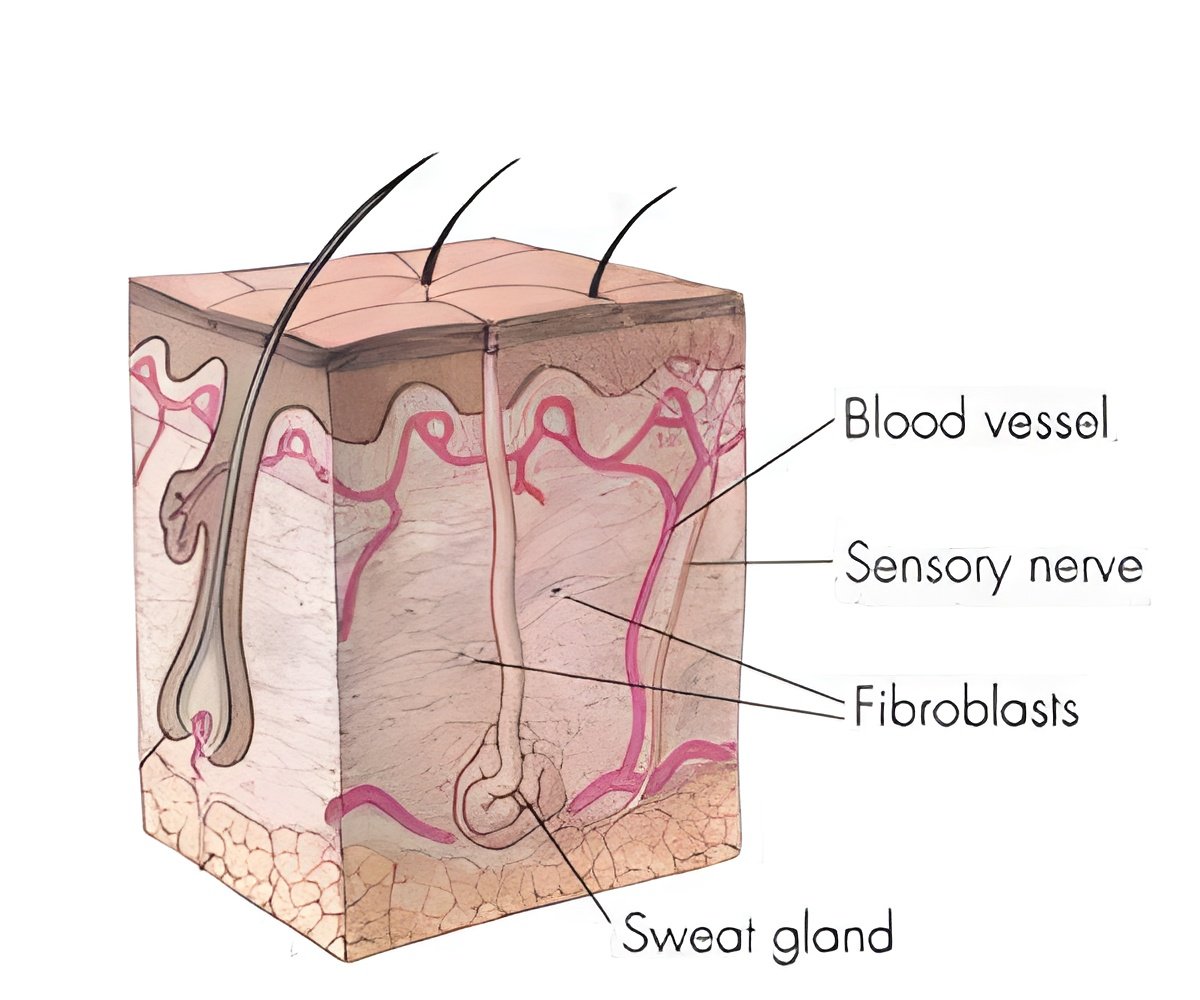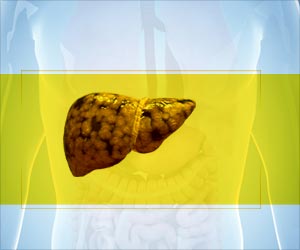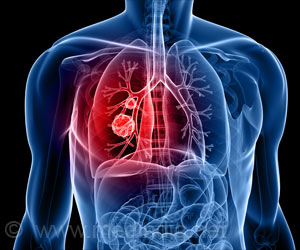The sweat glands are enormously useful, allowing us to live in a wide variety of climates, and enabling us to run long distances.

‘The molecular underpinnings that guide formation of hair follicles and sweat glands has been identified by researchers. This could improve methods for culturing human skin tissue used in grafting procedures.’





Now, scientists at Rockefeller University have identified the
molecular underpinnings that guide the formation of both hair follicles
and sweat glands, finding that two opposing signaling pathways - which
can suppress one other - determine what developing skin cells become. Published in Science, the findings have potential to improve methods for
culturing human skin tissue used in grafting procedures. Currently,
people undergoing the procedure receive new skin lacking the ability to
sweat.People with damaged sweat glands, which is seen in burn victims and in some genetic disorders, suffer a life-threatening condition - they must remain in temperature-controlled environments and cannot exercise, because it could result in heat stroke and brain damage.
Sweat glands have posed a formidable challenge to researchers because in contrast to humans, where sweat glands and hair follicles coexist, sweat glands in most mammals, including the laboratory mouse, are restricted to tiny regions that are hairless, like the paw.
"We took advantage of this regional separation in mice, and compared the gene expression levels in each region to see which signals were active," says research associate Catherine Lu.
In a developing embryo, small indentations called placodes form in the layer of cells that will become the skin. The fate of these placodes, whether they turn into hair follicles or sweat glands, depends on the molecular signals they receive.
Advertisement
Once they understood how the signaling pathways worked in mice, Fuchs and colleagues took one step further to look into human skin.
Advertisement
By looking at different developmental stages of human embryonic skin, the researchers discovered that in humans, the signals are similar, but separated by time - hair follicles are born first, followed by a burst in BMP that allows sweat glands to emerge.
"This recent evolutionary event that broadened the late embryonic burst of BMP to most skin sites endowed humans with a greater capacity than their hairy cousins to cool their body and therefore live in diverse environments," explains Fuchs. "The downside is that we have to put on a coat to stay warm!"
Source-Eurekalert















